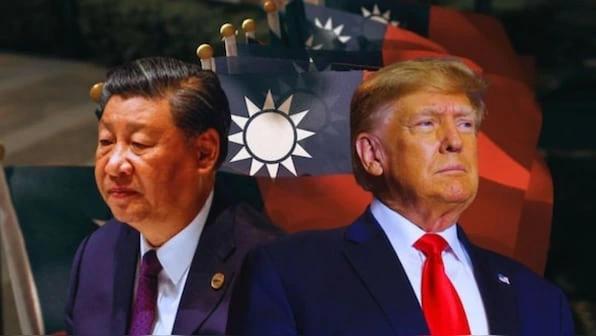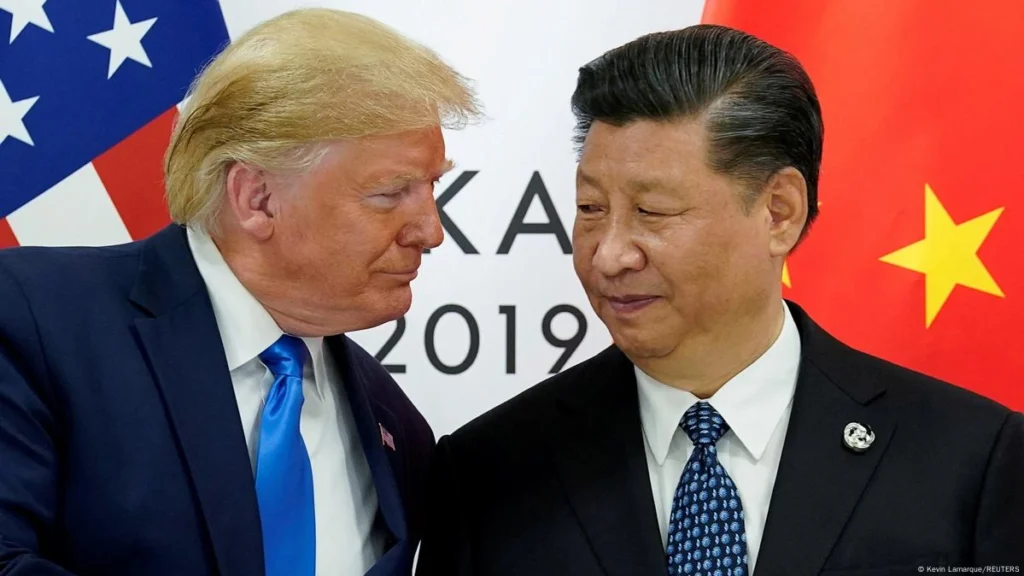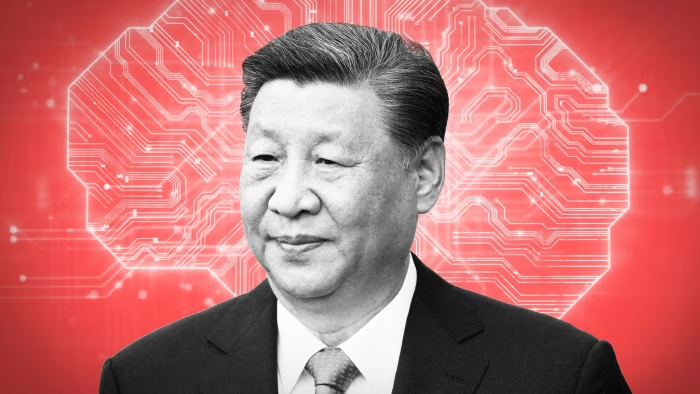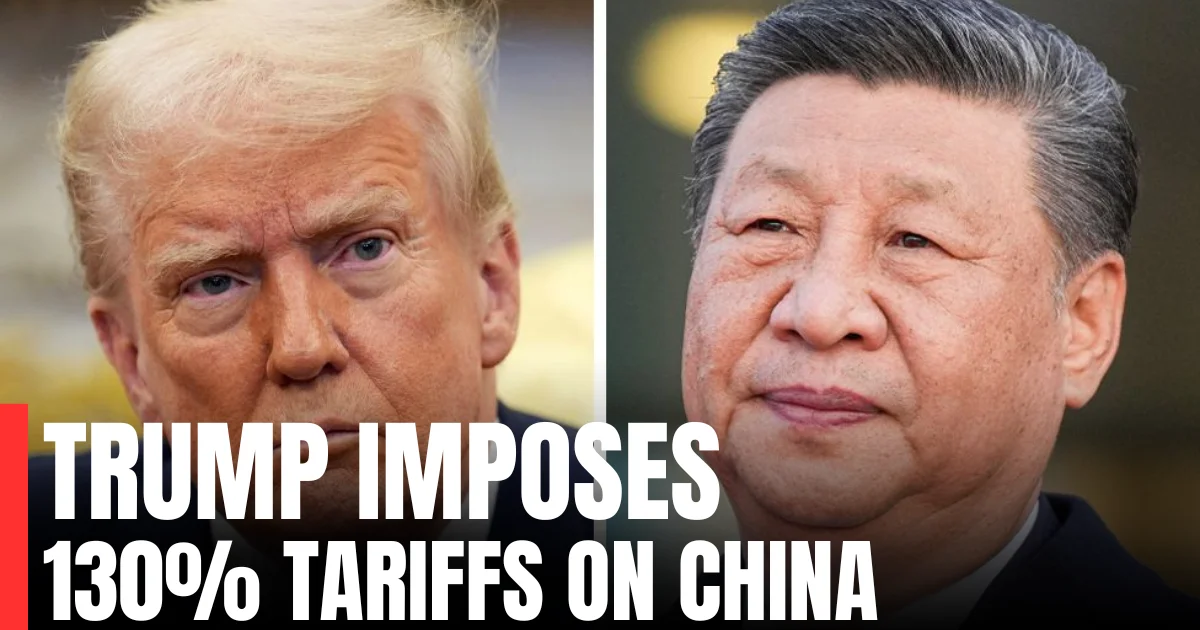Trump imposes 130% tariffs on China, sparking global market fears. Learn the impact on US businesses, investors, and consumers. Read now!
Table of Contents
Trump Imposes 130% Tariffs on China, Global Trade War Escalates
Introduction
President Donald Trump has once again rattled global markets by announcing a staggering 130% tariff on goods from China, an escalation that threatens to reignite tensions in the US-China trade war. Starting November 1, this new tariff combines the existing 30% with an additional 100%, impacting electronics, apparel, furniture, and other crucial imports. Investors and businesses are on high alert as the world braces for potential economic shocks.

What Trump Announced and Why It Matters
- On November 1, 2025, Trump plans to impose 100% additional tariffs on top of the 30% already in effect.
- He also threatened export controls on critical software, heightening trade tensions.
- Reason: China’s recent export controls on rare earths, essential for electronics manufacturing.
Impact: This escalation calls off a planned meeting with Xi Jinping in South Korea and sends markets into turmoil.
Market Reactions to the Tariff Announcement
- Dow Jones fell 878 points (1.9%)
- S&P 500 dropped 2.7%
- Nasdaq declined 3.5%
Investors fear a repeat of prior trade wars when tariffs reached 145%, affecting both businesses and consumers.
US-China Economic Interdependence
The US and China remain the world’s two largest economies, heavily reliant on one another:
- Imports from China to US: Electronics, apparel, furniture
- Exports from US to China: High-tech products, machinery
Despite Trump’s push for reshoring manufacturing, China remains a vital trade partner. Previous tariffs exemptions on electronics show the delicate balance between protectionism and economic pain.

Historical Tariffs and Trade Agreements
- Trump previously imposed 145% tariffs on Chinese goods, later lowered to 30% after negotiations.
- China reduced levies on American exports from 125% to 10%.
- Temporary agreements improved market sentiment, but tensions remained simmering.
Takeaway: Both economies are intertwined, and tariffs have direct consequences on global supply chains and stock markets.
Why the Trade War Escalates Now
- Trump claims China’s actions “came out of nowhere,” but tensions have been building for months.
- The US demanded China increase rare earth magnet supply, critical for electronics.
- Export controls on American tech, restrictions on Chinese shipping, and retaliatory Chinese measures have kept the trade war alive.
Potential Consequences for Businesses and Consumers

Investors:
- Stock market volatility
- Tech sector exposure to tariffs
Businesses:
- Higher production costs
- Supply chain disruptions
Consumers:
- Price increases on imported electronics, furniture, and apparel
- Limited availability of certain products
Bullet Points for Quick Understanding:
- US tariffs = higher import costs
- China may retaliate, affecting exports
- Global markets likely to remain volatile
The Legal and Political Limits
- Trump’s authority to impose tariffs may face Supreme Court review soon.
- Xi Jinping has fewer constraints, allowing China to retaliate strategically.
This creates an unpredictable trade environment for companies and investors worldwide.
FAQ Section
Q1: What are the new US tariffs on China?
A: Trump announced an additional 100% tariff on top of the existing 30%, effective November 1, targeting electronics, furniture, and other goods.
Q2: Why did Trump impose new tariffs on China?
A: The tariffs are a response to China’s export controls on rare earths and continued trade policy disputes.
Q3: How are US markets reacting to these tariffs?
A: Stocks plunged, with the Dow falling 878 points, S&P 500 down 2.7%, and Nasdaq down 3.5% after the announcement.
Q4: Will these tariffs affect US consumers?
A: Yes. Import costs may rise, leading to higher prices on electronics, apparel, and furniture.
Q5: Can the Supreme Court limit Trump’s ability to impose tariffs?
A: Pending cases may constrain presidential authority, potentially altering the scope of future tariffs.
Conclusion
Trump’s 130% tariffs mark a significant escalation in the US-China trade war, with far-reaching implications for markets, businesses, and consumers. While the long-term impact remains uncertain, investors and companies must prepare for continued volatility.

